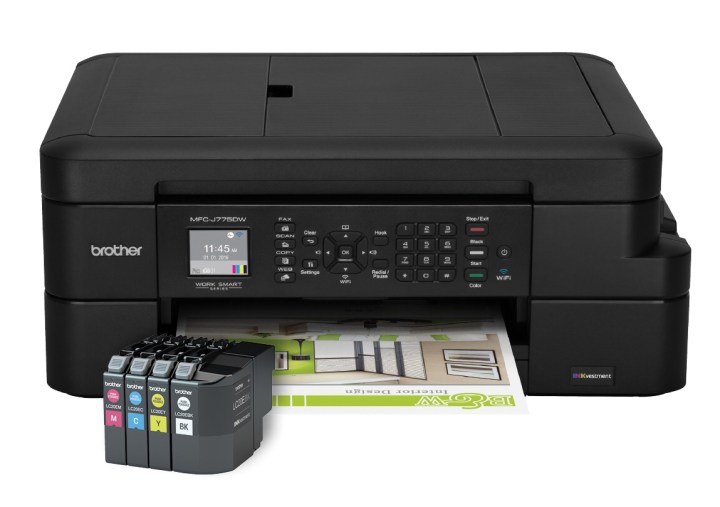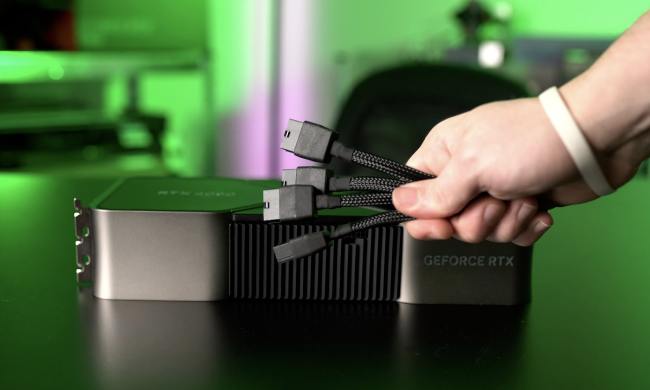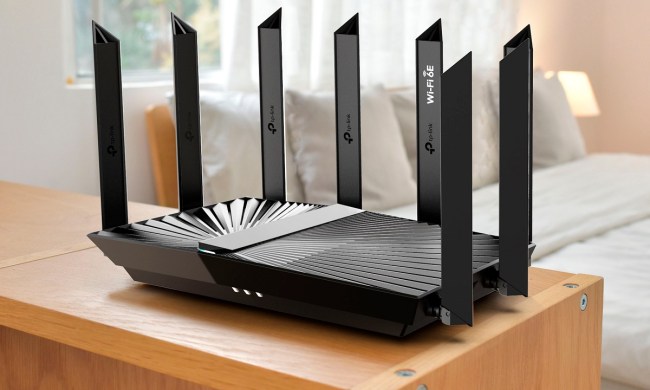
For those who missed the news last year, Brother’s INKvestment lineup of printers is designed to reduce the cost of printing both black-and-white and color pages through high-yield cartridges and duplex (two-sided) printing. According to Brother, using its high-yield ink cartridges can reduce the cost of printing black and white pages to just one cent and color pages to just five cents.
Like its predecessors, the MFC-J985DW, MFC-J5830DW and MFC-J6535DW, the MFC-J775DW doesn’t offer anything new or revolutionary in the world of home office inkjet printing. Instead, it focuses on providing simple, reliable printing without costing you an arm and a leg.
The MFC-J775DW works with smartphones, tablets, laptops and desktops through either wireless connectivity or a single USB port. Documents can be printed through mobile devices using Google Cloud Print, Morris, Wi-Fi Direct, and Brother’s own iPrint&Scan functionality. It can even connect to cloud drive services including: Google Drive, Evernote, Dropbox, Box, OneDrive, and OneNote to print documents from the cloud.
Accessing the settings and navigating the menu is done using the integrated 1.8-inch color display, which is placed alongside a collection of other navigational and input buttons on the front face of the printer.
Similar to the other printers in Brother’s INKvestment lineup, this entry-level printer is designed with the home office in mind. It doesn’t have all of the bells and whistles higher-end printers offer, but that’s what its more robust siblings are for. If you’re looking for an all-in-one solution that can print, scan, copy, and fax documents, it has you covered.
The MFC-J775DW is available for order online exclusively at Staples and will make its way into physical Staples stores by November. The standard printer package, which comes with a single set of ink retails for $150. A special INKvestment package, which comes with three sets of ink cartridges, is also available for $250. Brother says the INKvestment package should have enough ink for two years worth of printing.



